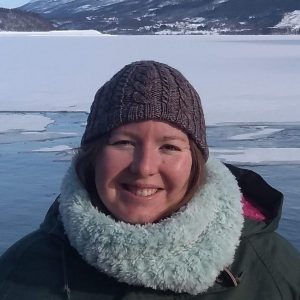Session Description
Coupled ocean-ice-atmosphere models have been largely used for the Numerical Weather Prediction (NWP) and ocean forecast for many years already. They have demonstrated a significant improvement in the forecast quality with respect to uncoupled systems. However, coupled models often get initialised by distinct uncoupled data assimilation systems for the ocean and ice and for the atmosphere, that leads to initialization shocks and thus, suboptimal performance. Hence, the analyses produced within coupled ocean-ice-atmosphere data assimilation systems may be beneficial for an accurate initialization of the coupled forecasts. Most NWP centers are already developing coupled data assimilation systems for NWP or reanalyses. This session is open to presentations related to the actual progress in coupled data assimilation, with emphasis on the coupling between atmosphere, ocean, and ice. Presentations on a wide range of topics, from observation operators for SST and ice, direct assimilation of L1 satellite data, status of the operational systems and applications are welcomed.
The session will focus on the following:
- Advances and challenges in coupled data assimilation systems for operational applications or reanalyses
- Applications of direct data assimilation
- Research on observation operators for SST and ice
Keywords: coupled data assimilation, direct assimilation, observation operators
Keynote
Towards Strongly Coupled Data Assimilation at Environment Canada
Mark Buehner, ECCC
Mark Buehner is a Senior Research Scientist with the Data Assimilation Research Section, Environment and Climate Change Canada (ECCC). He specializes in data assimilation research for both weather prediction and other applications, including sea ice and sea surface temperature. Notable accomplishments include innovative scientific development and implementation of the 4D ensemble-variational and the local ensemble transform Kalman filter data assimilation algorithms within the Canadian operational deterministic and ensemble weather prediction systems. He is also a major developer of the unified software used for an increasing number of data assimilation systems at ECCC.
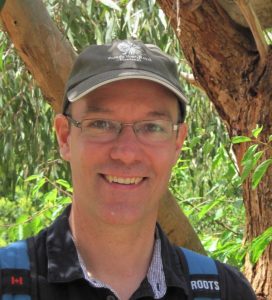
Talks
SST for Ocean Forecasting, Coupled NWP and Seasonal Prediction at the Bureau of Meteorology
Pallavi Govekar, Australian Bureau of Meteorology
Pallavi Govekar currently works as a research scientist in the Science and Innovation section of Bureau of Meteorology. Pallavi does research in Oceanography, Climatology and Meteorology. Her current project is ‘IMOS SST’ where she works on research and development of new satellite derived Sea Surface Temperature products of benefit to numerical weather prediction, seasonal forecasting and ocean forecasting. Pallavi’s work is focused on helping the modelling community to better understand surface conditions and developing and delivering downstream applications for marine and coastal industry.
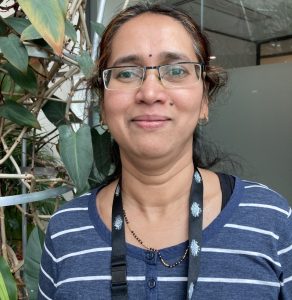
Global daily SST analysis at Environment and Climate Change Canada
Sergey Skachko, ECCC
Sergey began his career as a postdoc in Grenoble, France at the ocean modelling and data assimilation MEOM team. Then he worked as research scientist in ocean data assimilation at the Alfred Wegener Institute for Marine Research in Bremerhaven, Germany. After that, he was a research scientist in coupled data assimilation at the Université du Québec à Montréal, Canada. Then he worked as a research scientist in data assimilation in the field of stratospheric chemistry modelling at the Royal Belgian Institute of Aeronomy in Brussels, Belgium. He is currently employed at Environment and Climate Change Canada as a research scientist for coupled ocean-atmosphere data assimilation.
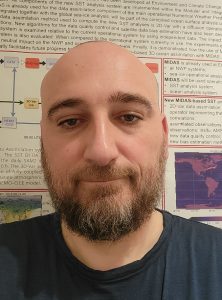
Radiance assimilation at ECMWF for SST and Sea Ice Concentration
Philip Browne, ECMWF
Phil Browne is a senior scientist at ECMWF developing coupled ocean-atmosphere data assimilation. He has implemented the current operational analysis coupling strategy for numerical weather prediction and is working on the next system which will form the basis of the next generation ERA6 reanalysis. His interests lie in methodological and technical developments in coupled data assimilation to allow the better use of surface sensitive data. As well as for SST, the same framework is being developed to improve the coupled use of sea ice sensitive data, altimeters, and scatterometers.

Use of near-real-time SST analyses for ENSO prediction and analyses with a coupled ocean-atmosphere model of intermediate complexity
Alexey Kaplan, Lamont-Doherty Earth Observatory of Columbia University
Alexey works at Lamont-Doherty Earth Observatory (LDEO) of Columbia University. He studies climate variability and reconstructs climate from instrumental data and paleoclimate proxies using data assimilation methods. Alexey is particularly interested in better understanding and modeling errors occurring in satellite and in situ SST observations aiming to use such models to improve SST reconstructions for the pre-satellite era. He also helps to produce LDEO monthly ENSO forecasts with an intermediate climate model. M.S. in Applied Math and Ph.D. in Fluid Dynamics.
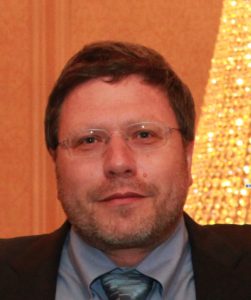
Posters
Coupled Data Assimilation Experiments at CNR ISMAR
Andrea Storto, CNR-ISMAR
Andrea Storto is Research Scientist at the Institute of Marine Sciences, National Research Council (CNR) of Italy. He obtained his Ph.D. at the University of Rome La Sapienza studying optimal methods for assimilating cloudiness information into limited area atmospheric models. He has working experiences at CNRM/Météo-France (2005), Norwegian Meteorological Institute (2006-2009), CMCC Foundation (2009-2017), and NATO/STO Centre for Maritime Research and Experimentation (2018-2021). His research focuses on data assimilation for oceanographic, climate, coupled and data-sparse applications, development of reanalyses, optimal ensemble generation, observing system assessment, and large-scale oceanography in general. Member of several international panels (e.g. WCRP/EPESC, CMEMS/STAC), he has been chairing the WCRP CLIVAR Panel on Global Synthesis and Observations, and is now co-chairing the NEMO working group on machine learning and uncertainty quantification. He has experience in the coordination of national and international projects (e.g. CMEMS, EU ROP, C3S, PNRR, etc.), in teaching numerical modeling and data assimilation within master degree courses and doctoral schools, in roles with editorial responsibility (PLOS, Frontiers, Ocean Sciences, etc.), and participated in several evaluation boards of international programmes. He coauthors more than 85 peer-reviewed articles in journals with impact factor.
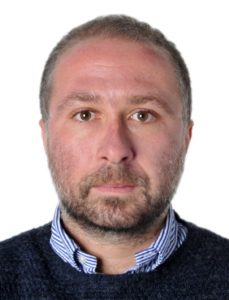
Using skin temperature increments from microwave observations in a coupled atmosphere-ocean model
Tracy Scanlon, ECMWF
Tracy Scanlon is a EUMETSAT fellow in microwave imagers at ECMWF. Her current work focusses on the exploitation of interface observations (skin temperature) from AMSR2 and GMI and their use in the atmosphere-ocean coupled system to improve the SST analysis. Previous work has included further exploitation of MW imagers and improvement of the associated observation operator within the ECMWF system. She holds a BSc in Physics and a MSc in Geographical Information Management and has previously work at NPL (UK) on visible range calibration and TU Wien (Austria) on the ESA CCI soil moisture product.
